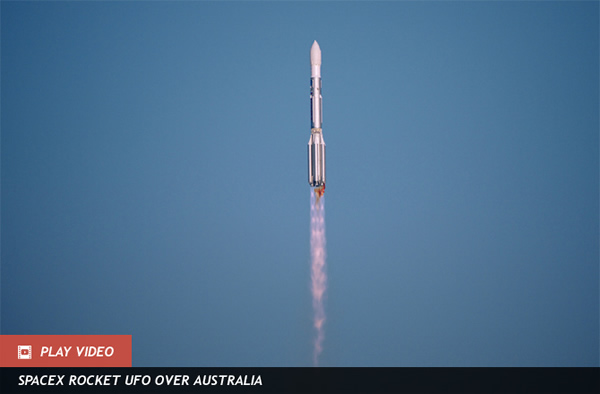Russian Rocket Failure Overshadows Mars Mission
Russian Rocket Failure Overshadows Mars Mission
The European Space Agency had no immediate word about what, if any, impact the failure a Russian Proton rocket early Tuesday would have on plans to use similar boosters for a pair of high-profile missions to Mars, the first of which is slated to fly in January 2016.
At the Paris Air Show in Le Bourget, France, two weeks ago, European and Russian space officials finalized a contract described by ESA director general Jean-Jacques Dordain as a “liability agreement,” which lays out the technical details of the agencies’ partnership for the so-called ExoMars mission.
The ultimate goal of the program is to search for life on Mars, a step beyond NASA’s ongoing mission Curiosity rover mission which is assessing if the planet most like Earth in the solar system has or every had the ingredients to support and preserve microbial life.
The Europeans had planned to partner with NASA on the follow-on ExoMars mission, but the U.S. agency last year backed out, citing budget shortfalls. NASA later announced plans for a second Curiosity-class rover that would launch in 2020.
Russia, which has a long and disappointing history attempting to explore Mars, stepped in to fill the gap with a pair of Proton rockets to fly a total of three spacecraft to Mars, and some science instruments.
Russia’s last Mars mission included an attempt to return soil samples from the Martian moon Phobos. A botched launch in November 2011 left the spacecraft stranded in Earth orbit. It crashed back into Earth’s atmosphere two months later.
The rocket used to a launch the Phobos-Grunt mission was a Zenit booster, not a heavy-lift Proton booster like what was lost seconds after liftoff from the Baikonur Cosmodrome in Kazakhstan on Tuesday, claiming a trio of navigation satellites.
But the Proton has its own checked history, including a November 1996 failure that claimed Russia’s next-to-last major Mars initiative, called Mars 96.
Of 10 Proton launches last year, one failed and one was only partly successful.
“It is not the most reliable launch vehicle, but it is still around 88 percent to 89 percent reliable, which is not too bad. The really good rockets, again like the Russian Soyuz, probably get into 92 percent to 93 percent, so all rockets fail,” Mark Hempsell, vice president of the British Interplanetary Society, said in an interview with the The Voice of Russia.
Two week ago, Discovery News asked Vincenzo Giorgio, who oversees the ExoMars program for ESA prime contractor Thales Alenia Space, about the prospect of launching on Russian rockets, given the country’s track record, particularly for Mars probes.
“That’s why they’re flying with us,” Giorgio quipped. “They’ll become lucky.”
Russia meanwhile has launched an investigation into the accident, which unfolded during a live television broadcast. Seconds after liftoff, the rocket cartwheeled in the sky just over the launch pad and shed flaming debris before crashing into the ground about a mile away in an explosive fireball.
International Launch Services, which markets the Proton rockets commercially, said in a statement that the impact occurred “in a safe area that was evacuated for the launch and all personnel are reported to be unharmed. From early reports, there was no damage to either launch Pad 39 or 24, near the impact area; there is only minor damage to nearby buildings.”
The impacts to Proton’s business, however, have yet to be determined.(Jul 2, 2013 06:33 PM ET // by Irene Klotz)












